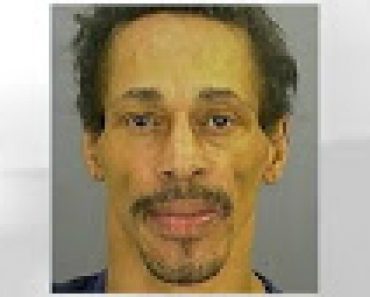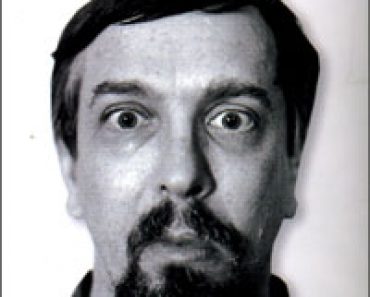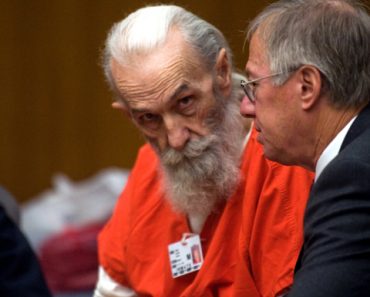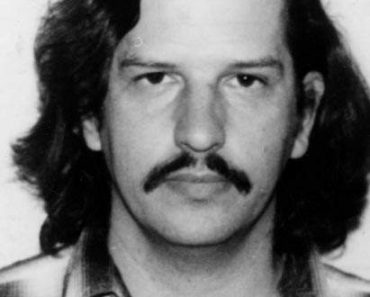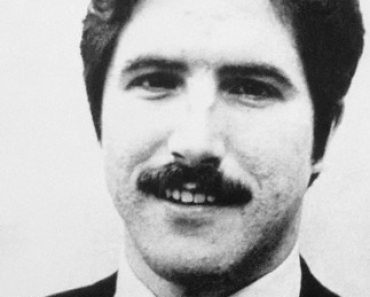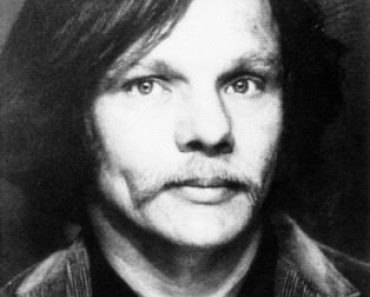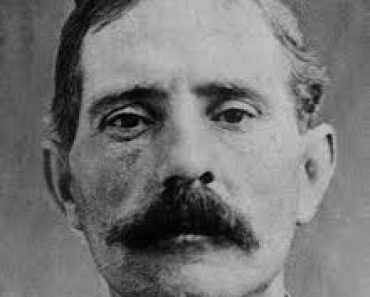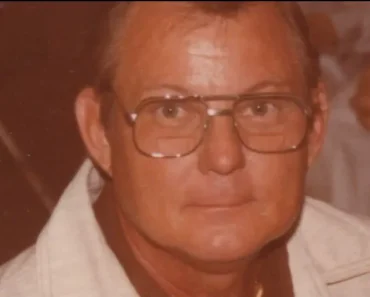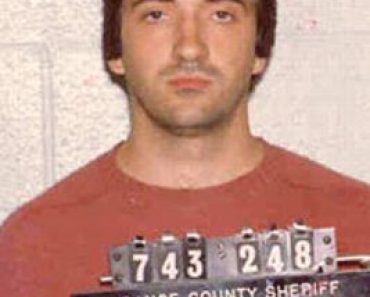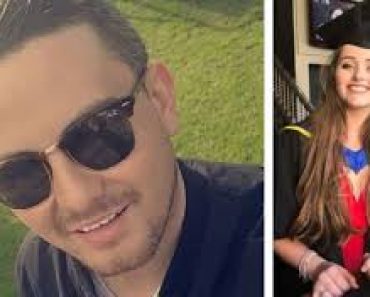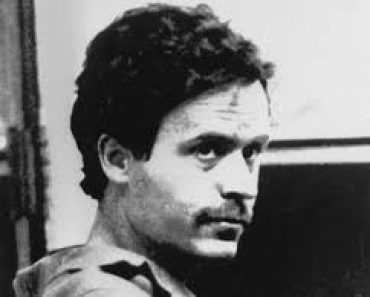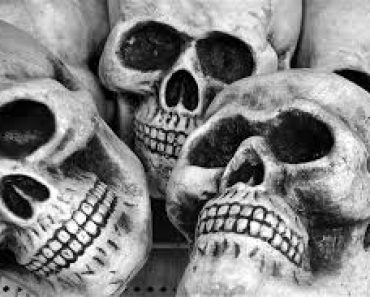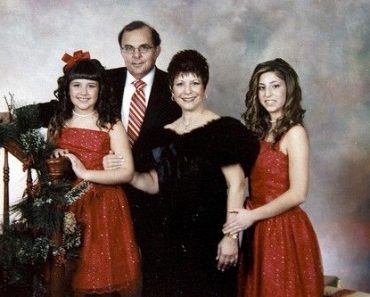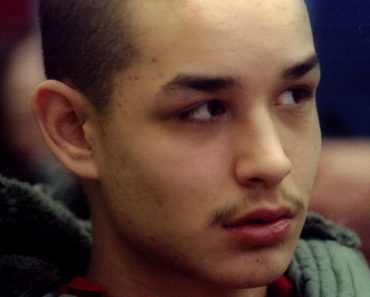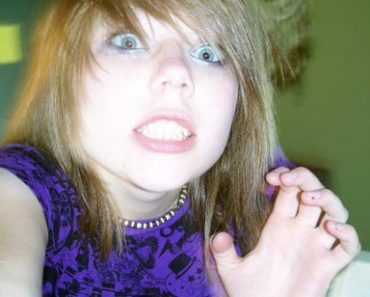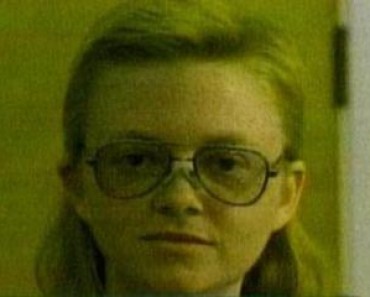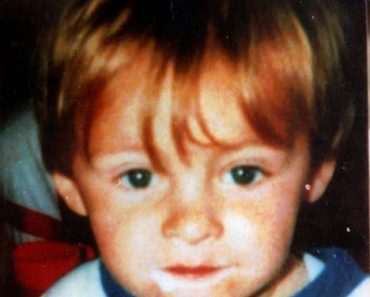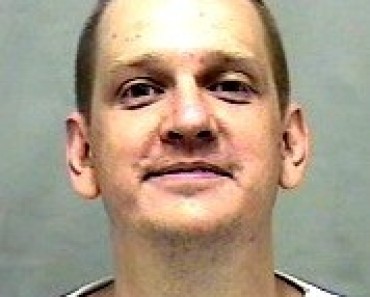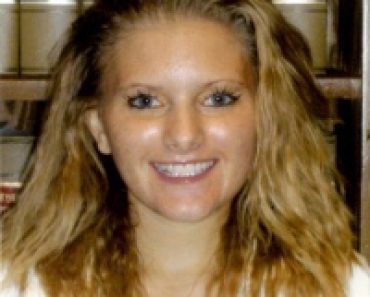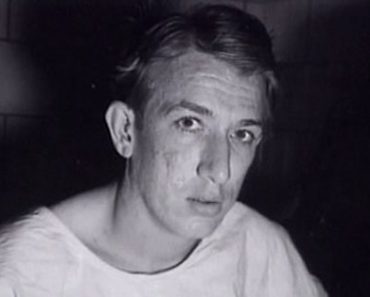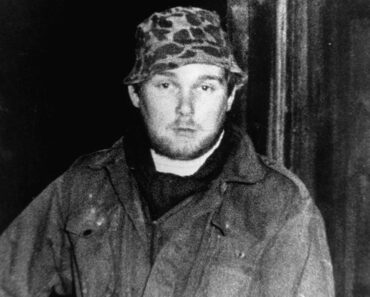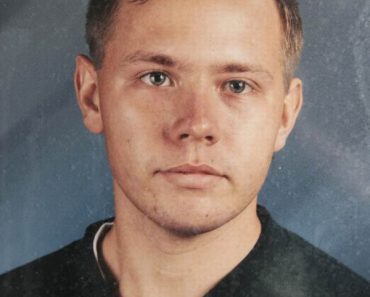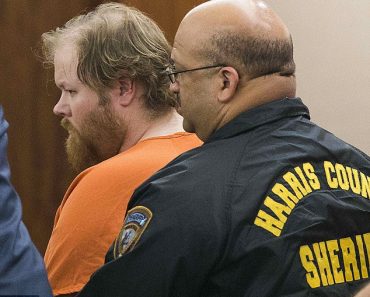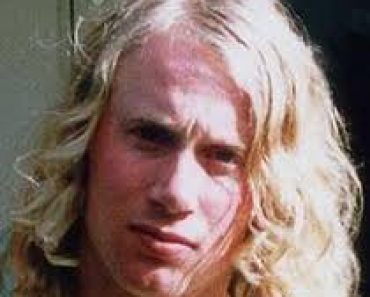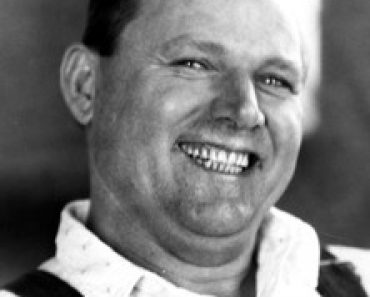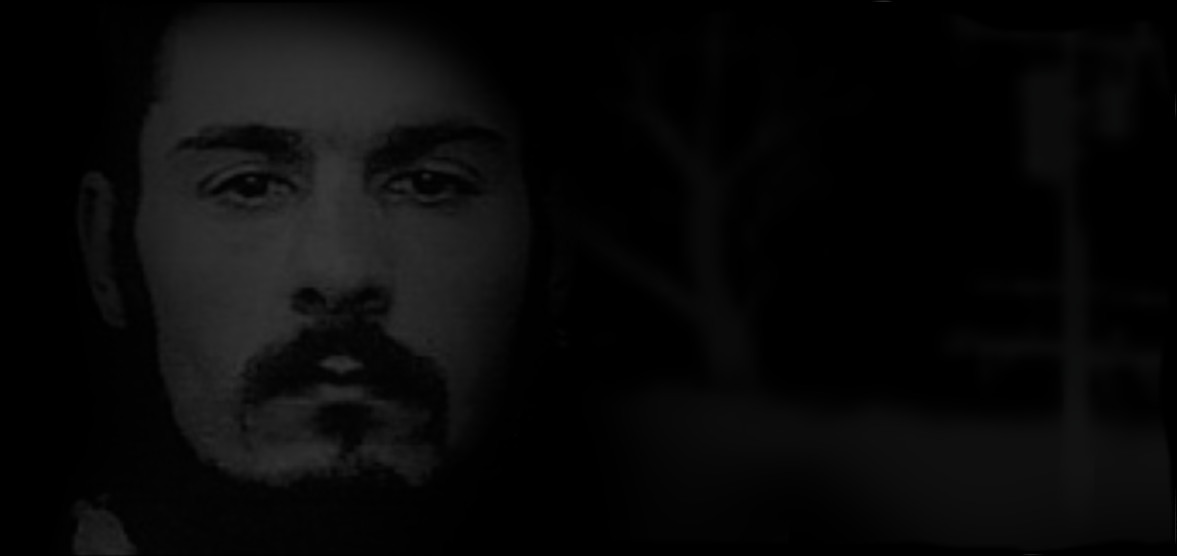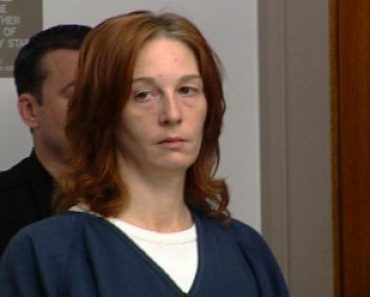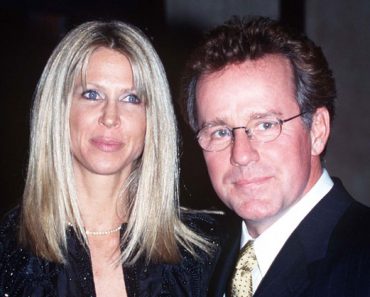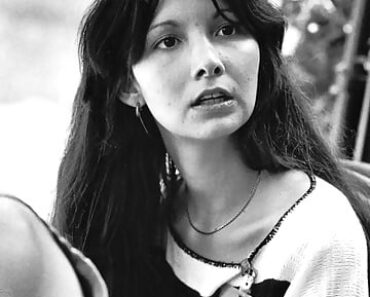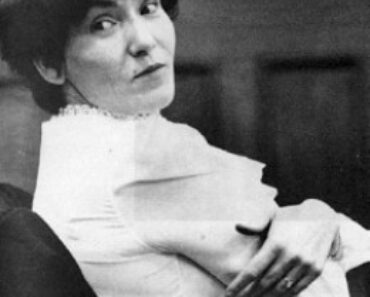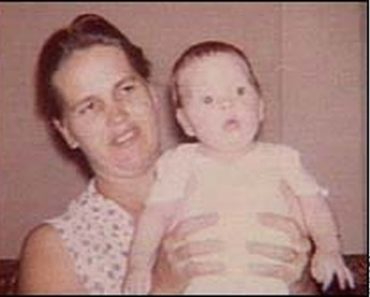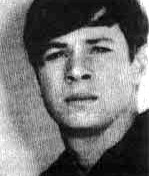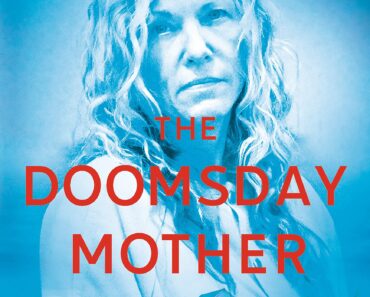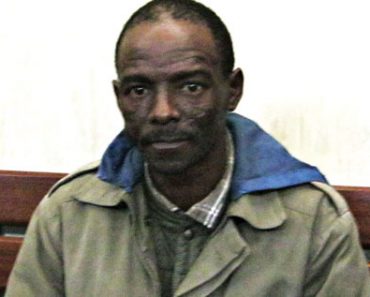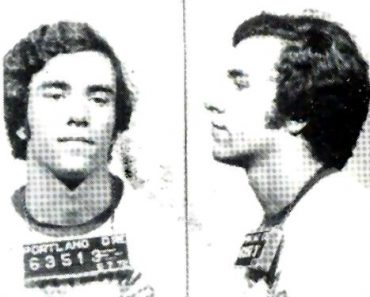James Miller | American Serial Killer

James Miller
Born: 02-02-1940
The Truro Murders
Australian Serial Killer
Crime Spree: 1976-1977
Death: 10-21-2008
On April 20, 1978, William Thomas and his brother found what they thought was the bone from the leg of a cow while hunting for mushrooms in the bushland beside Swamp Road near the South Australian town of Truro.
Williams’ wife, Valda, had concerns about the find and two days later convinced her husband to have another look. Upon closer inspection, they noted that the bone had a shoe attached. Inside the shoe was human skin and painted toenails. Clothes, blood stains, and more bones were soon found nearby. The remains were later identified as those of Veronica Knight, an 18-year-old woman who had vanished from an Adelaide street two days before Christmas in 1976.
And Veronica’s body would only be the first.
Then There Were More
The lack of an obvious cause of death, along with the location where the body was found, led to a belief that Veronica Knight may have gotten lost and died of thirst or exposure. Therefore the death was not considered suspicious.
A year later, on April 15, 1979, police discovered the skeletal remains of 16-year-old Sylvia Pittmann, about 2 km from where Knight’s remains had previously been located. Sylvia had disappeared around the same time as Veronica.
There was the strong suggestion of a link between the two dead women found in the Truro bushland as well as with five other young women reported missing in Adelaide at the time.
Eleven days later a huge search party discovered two more skeletons in a paddock on the opposite side of Swamp Road. They were the remains of Connie Lordanides and Vicki Howell, two of the five missing young women.
Later, in 1978, another young woman’s body was found near the Murray Bridge, east of Adelaide. The body was skeletal and identification was difficult but they were eventually identified as belonging to 20 year old Maria Dickinson, who had gone missing eight months earlier. Evidence showed she had been shot through the head.
Serial Killer at Large
The following March, the body of Lina Marciano, also 20, was found at a garbage dump in Adelaide. She had been abducted, severely beaten and stabbed numerous times. Police were concerned that the last two murders were connected.
All three women had been reported missing within a 2 month period.
The police checked for other missing persons reports. They were interested to find that many young women had been reported missing from December 1976 onward. Including Veronica Knight, the pattern was too frightening to ignore. Young women had been abducted and murdered. The police begun to investigate the disappearances of seven women as the possible work of a serial killer.
A profile was drawn up: A local man, sex offender, more than likely to have been released from jail just prior to the first abduction and may have returned since the last one. Police kept investigating the abductions and murders trying hard not to raise the suspicions of their killer.
Rewards To Catch A Killer
On Easter Sunday in 1979, the remains of Sylvia Pittman were discovered near Truro, a mere two kilometers from the site where Veronica Knight had been found a year earlier. Sylvia was on the list of missing girls. Soon the media got wind of the case and the story was splashed across the country. Newspapers offered rewards of $10,000 to catch the killer and the Government increased its offered a reward to $30,000.
The reward offer brought some results. A man approached police to tell them that a friend of his had had an unusual conversation with James Miller. Miller had told the woman that he and another man, Christopher Worrell, were responsible for the murders.
The conversation had taken place on February 22, 1977, two days after Worrell had died in an automobile accident. This date was very significant to police. It was eight days after the last abduction.
The woman, who James Miller had told the story to, made a formal police statement. She told police that Miller and Worrell would often pick up gay men, go back to the man’s house and rob them, threatening to tell others they were gay.
James Miller went on to tell her that he and Chris would pick girls up and kill them. She questioned Miller further. He said that Chris was responsible for the actual murders, but he felt he was to blame because he couldn’t stop him. Worrell would rape the women they had picked up and strangle them. James Miller admitted he only drove the vehicle.
article continued below
WickedWe Recommends:
article continued below
Chris Worrell
Miller told the woman that he could take her to a place near Truro and show her the bodies if she didn’t believe him. She thought he had said there had been about 6 victims and that the killings had increased just before Worrell had been killed. The woman decided not to tell the police because James had said that Worrell was responsible for the murders and he was now dead, so there wasn’t anything that could be done anyway.
Chris Worrell’s profile fit the police’s description perfectly. He had been jailed for attempted rape and was released from Yatala Prison in Adelaide in October 1976. And the car accident accounted for the cessation of the murders.
The Killer
23 year old Christopher Worrell, described as young, charismatic and sociopathic, was the homosexual partner of James Miller, a 38-year-old laborer, described as a drifter had met in prison. Miller for breaking and entering, Worrell for rape and breaching a two-year suspended sentence for armed robbery. After release they formed a dominant/submissive relationship and both lived and worked together. Miller was infatuated with him and Worrell would allow Miller to perform sexual acts on him while he read pornographic, and predominantly BDSM, magazines.
Chris Worrell and a female friend, Deborah Skuse, were killed in a car crash on 19 February 19, 1977, thus ending the murders. Miller survived the car accident.
In April 1979 searchers at Truro found two more skeletons, the remains of Vicki Howell and Connie Iordanies. They were found close together and a kilometer from where Veronica Knight’s body was found.
Police surveillance of James Miller spotted him in inner Adelaide and asked him to accompany them to Police Headquarters to answer a few questions. Miller was question for a while but made no admissions. The interview was completed and the police decided to take James Miller to the charge room. Miller conceded and he decided to show the police where the bodies were.
James Miller

Police procedure made things difficult, but in the end they took Miller out to Truro, along with forensic and pathology, that evening, just to make sure James Miller didn’t have time to change his mind. The media of course found out and two reporters were waiting at the scene when the police and Miller arrived.
James Miller first directed the police to the positions where the first four bodies had been found.
Further into the bush, Miller stopped at a large shrub and told police that they may find another one there. Curled up under the tree was another skeleton, that of Julie Mykyta.
The party then drove to Port Gawler Beach. Eventually, after extensively searching, police discovered the body of Deborah Lamb. Her body had been buried in a hole which was covered with wood. The forensic team concluded that this victim suffered the most brutal attack. Her ankles and wrists were bound with cord, her pantyhose were wrapped around her neck and mouth. Sand and shell grit found in her lungs suggested she was buried alive.
The Last One
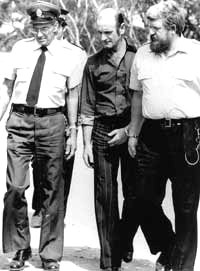
The final victim, according to James Miller, was buried at Gillman, an isolated area on the outskirts of Adelaide. Police were unable to locate any remains there for quite some time. They did, in the end, find the skeletal corpse of Tania Kenny. The Police had located every girl on their missing persons list.
Miller stood trial for the murders, and was found guilty of six of the seven murders (with the exception of the first murder, Veronica Knight) on 12 March 1980. Unusually, he was convicted of murder despite allegedly having never touched a victim; he was sentenced to the maximum six consecutive terms of life imprisonment.
According To James Miller
The testimony at his trial revealed a terrifying story. James Miller and Chris Worrell would cruise the city streets every night in Worrell’s 1969 blue-and-white Plymouth Valiant wagon, looking for women that Worrell could have sex with. Worrell was 23, charismatic and good-looking, so Worrell had no trouble in regularly “picking up” local girls for casual sex. Miller would drive Worrell and the woman to a secluded place, where Worrell would have sex with the women, often after tying them up, while Miller waited outside the car. Miller would then drive them back into town and drop them off.
Miller described how the “pick-ups” became more and more terrifying. First, Worrell started occasionally raping the women who refused his advances. Then he started murdering them. Miller was unaware that murder would occur prior to it happening; he stated that it only happened some times and not others. It appeared that as the violence increased, Miller became increasingly fearful of Worrell.
Miller maintained, “They can give me life for knowing about the murders and not reporting them. But they charged me with murder and that’s a load of bullshit”.
Following the trial one of the jurors hired a lawyer to petition the Attorney-General for a retrial. South Australian Chief Justice Len King agreed that Miller should be granted another hearing on the grounds that the judge at his trial had instructed the jury to find James Miller guilty of murder. However, the Attorney-General, Chris Sumner, refused to grant a retrial.
Legally, Miller argued that he never engaged in any murders directly, nor did he explicitly agree prior to going out cruising for women that he would support Worrell in the murders. Nevertheless, he was found guilty of murder because he was found to be a part of a joint criminal enterprise. He was present at the crime scenes and assisted in disposing of the bodies. This created subsequent legal difficulties over the definition of a joint criminal enterprise, but these have largely been resolved on the basis that this was a special—and particularly horrifying—case.
In 1999, Miller applied to have a non-parole period set under new laws, and on February 8, 2000, the Chief Justice granted a non-parole period of 35 years, making James Miller eligible for parole in 2014.
On 21 October 2008, at the age of 68, Miller died of liver failure, as a complication of having hepatitis C. He also suffered from prostate cancer and lung cancer. At that point he was one of the longest-serving prisoners in the state.

Source: murderpedia | wikipedia |
This site contains affiliate links. We may, at no cost to you, receive a commission for purchases made through these links

